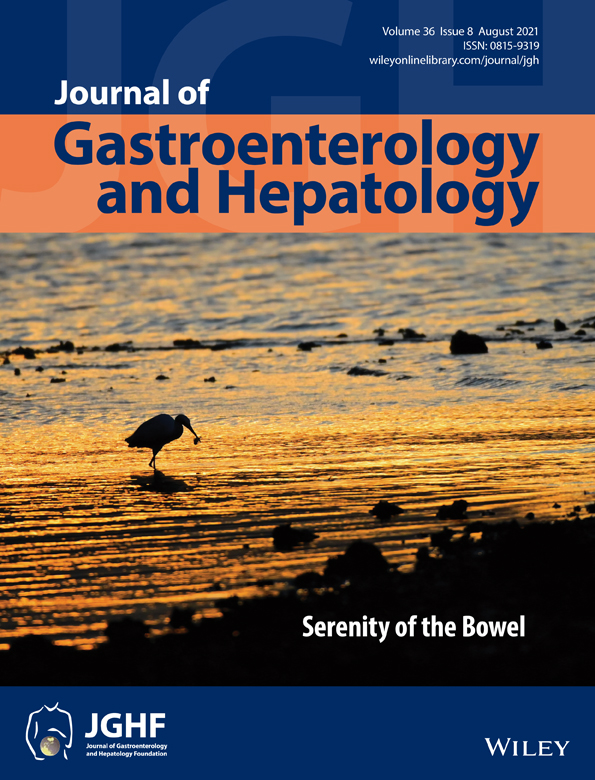Deep-learning system for real-time differentiation between Crohn's disease, intestinal Behçet's disease, and intestinal tuberculosis
Jung min Kim and Jun gu Kang contributed equally to this paper as the first authors.
Author contributions: Jung Min Kim carried out the concept, design, data collection, computational analysis, interpretation of data, manuscript writing, and revision of the manuscript. Jun Gu Kang performed the concept, design, data collection, computational analysis, interpretation of data, manuscript writing, and revision of the manuscript. Sungwon Kim made the concept, design, data collection, critical revision of the manuscript, and final approval. Jae Hee Cheon made the concept, design, data collection, revise the manuscript, critical revision of the manuscript, and final approval.
Financial support: This research was supported by a grant of the Korea Health Technology R&D Project through the Korea Health Industry Development Institute (KHIDI), funded by the Ministry of Health & Welfare, Republic of Korea (grant HI18C0094). This study was supported by a Basic Science Research Program through the National Research Foundation of Korea (NRF) funded by the Ministry of Education (NRF-2018R1D1A1B07048179).
Abstract
Background and Aim
Pattern analysis of big data can provide a superior direction for the clinical differentiation of diseases with similar endoscopic findings. This study aimed to develop a deep-learning algorithm that performs differential diagnosis between intestinal Behçet's disease (BD), Crohn's disease (CD), and intestinal tuberculosis (ITB) using colonoscopy images.
Methods
The typical pattern for each disease was defined as a typical image. We implemented a convolutional neural network (CNN) using Pytorch and visualized a deep-learning model through Gradient-weighted Class Activation Mapping. The performance of the algorithm was evaluated using the area under the receiver operating characteristic curve (AUROC).
Results
A total of 6617 colonoscopy images of 211 CD, 299 intestinal BD, and 217 ITB patients were used. The accuracy of the algorithm for discriminating the three diseases (all-images: 65.15% vs typical images: 72.01%, P = 0.024) and discriminating between intestinal BD and CD (all-images: 78.15% vs typical images: 85.62%, P = 0.010) was significantly different between all-images and typical images. The CNN clearly differentiated colonoscopy images of the diseases (AUROC from 0.7846 to 0.8586). Algorithmic prediction AUROC for typical images ranged from 0.8211 to 0.9360.
Conclusion
This study found that a deep-learning model can discriminate between colonoscopy images of intestinal BD, CD, and ITB. In particular, the algorithm demonstrated superior discrimination ability for typical images. This approach presents a beneficial method for the differential diagnosis of the diseases.




